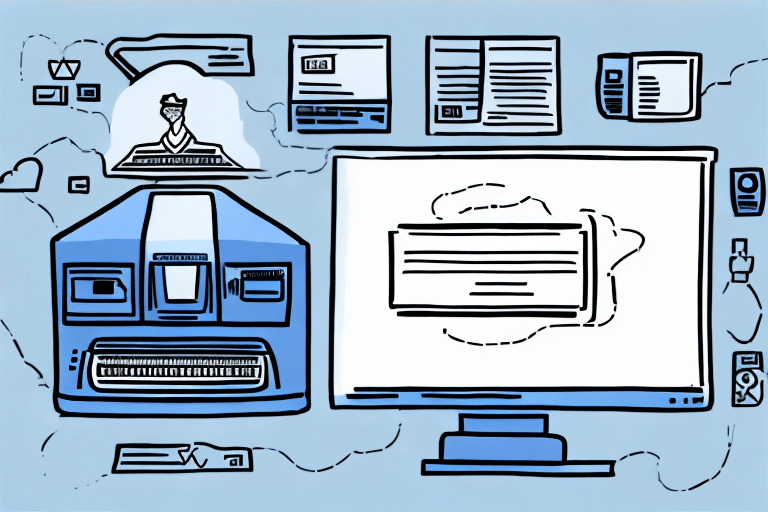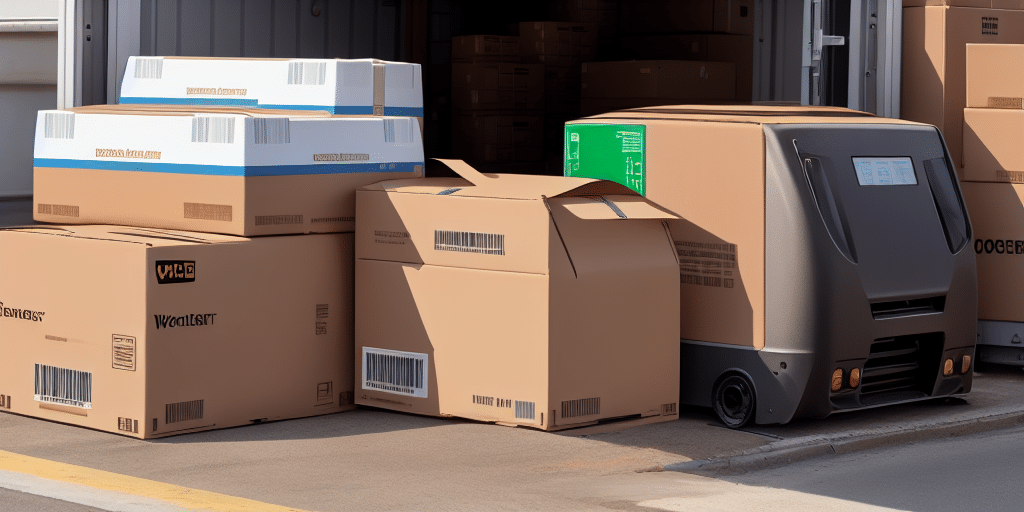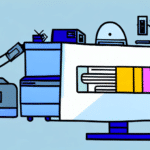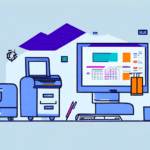Enhancing Shipping Efficiency with Compatible Label Printers and Software
Efficient shipping processes are critical for businesses of all sizes. Central to this efficiency is the seamless integration of label printers with shipping software. Ensuring compatibility between these tools can significantly streamline operations, reduce errors, and enhance customer satisfaction.
The Significance of Compatibility
Compatibility between label printers and shipping software such as UPS WorldShip and FedEx Ship Manager is essential for several reasons:
- Efficiency: Seamless integration allows for automated label printing, reducing manual input and speeding up the shipping process.
- Accuracy: Minimizes errors in address entry and label generation, ensuring that shipments reach their destinations without issues.
- Cost-Effectiveness: Reduces the likelihood of wasted labels and materials due to printing errors.
Impact on Business Operations
Businesses that invest in compatible label printers and shipping software often experience increased productivity and higher customer satisfaction rates. According to a report by Statista, the growth of e-commerce has heightened the need for efficient shipping solutions, making the compatibility of label printers with shipping software more crucial than ever.
Overview of UPS WorldShip and FedEx Ship Manager
UPS WorldShip and FedEx Ship Manager are two leading shipping software solutions designed to help businesses manage their shipping needs effectively. Both platforms offer a range of features, including label creation, shipment tracking, and rate management.
Key Features of UPS WorldShip
- Integration with various business software, including accounting and inventory systems.
- Advanced reporting and tracking capabilities.
- Support for international shipping and customs documentation.
Key Features of FedEx Ship Manager
- User-friendly interface with customizable shipping options.
- Real-time tracking and notification services.
- Integration with e-commerce platforms for streamlined order fulfillment.
Comparative Analysis
While both UPS WorldShip and FedEx Ship Manager offer robust shipping solutions, UPS WorldShip is often praised for its extensive integration capabilities with other business systems, making it a preferred choice for larger enterprises. In contrast, FedEx Ship Manager is noted for its ease of use and seamless integration with e-commerce platforms, catering well to small and medium-sized businesses.
Selecting the Right Label Printer for Your Business
Choosing the appropriate label printer involves evaluating various factors to ensure it meets your business's specific shipping needs.
Considerations for Selection
- Printing Speed: Depending on your shipping volume, select a printer that can handle high volumes without compromising speed.
- Connectivity: Ensure the printer can easily connect with both UPS WorldShip and FedEx Ship Manager, whether via USB, Ethernet, or wireless connections.
- Label Compatibility: Verify that the printer supports the label sizes and materials your business requires.
- Cost: Balance the initial investment with ongoing costs for maintenance and supplies to ensure long-term affordability.
Types of Label Printers
There are primarily three types of label printers suited for shipping purposes:
- Thermal Printers: Preferred for their reliability and high-quality prints. Ideal for high-volume shipping operations.
- Inkjet Printers: Suitable for businesses that require color labels, though they may require more maintenance.
- Laser Printers: Offer fast printing speeds and are cost-effective for large-scale operations.
Ensuring Smooth Integration and Troubleshooting
To maintain efficient shipping operations, it's vital to ensure that your label printer and shipping software work seamlessly together.
Best Practices for Integration
- Follow the manufacturer's installation guides carefully to set up both the label printer and shipping software.
- Regularly update the software and printer drivers to the latest versions to ensure compatibility and access to new features.
- Perform routine tests to verify that labels print correctly and shipment data transfers accurately between systems.
Troubleshooting Common Issues
Compatibility issues can disrupt shipping processes. Common problems include:
- Communication Errors: Ensure that the printer is correctly connected and recognized by the shipping software. Reinstall drivers if necessary.
- Printing Inconsistencies: Check label settings and materials to ensure they match the printer’s specifications.
- Software Conflicts: Disable any unnecessary background applications that might interfere with the shipping software or printer operations.
For more detailed troubleshooting steps, refer to the support sections of the respective shipping software providers:
Benefits of Using a Compatible Label Printer
Investing in a label printer that is compatible with your shipping software offers numerous advantages:
- Time Savings: Automated label printing reduces manual entry, allowing staff to focus on other tasks.
- Enhanced Accuracy: Minimizes errors in label information, ensuring reliable deliveries.
- Professional Appearance: High-quality labels contribute to a polished and trustworthy brand image.
- Versatility: Beyond shipping labels, printers can handle product labels, barcodes, and inventory management needs.
According to a study by Inc.com, businesses that streamline their shipping processes often see a 20% increase in operational efficiency, highlighting the significance of compatible tools.
Conclusion
Choosing the right label printer and ensuring its compatibility with shipping software like UPS WorldShip and FedEx Ship Manager is pivotal for efficient shipping operations. By investing in the appropriate tools and adhering to best practices for integration and troubleshooting, businesses can enhance their productivity, reduce errors, and improve overall customer satisfaction. Stay informed about the latest developments in shipping technologies to maintain a competitive edge in the market.




















